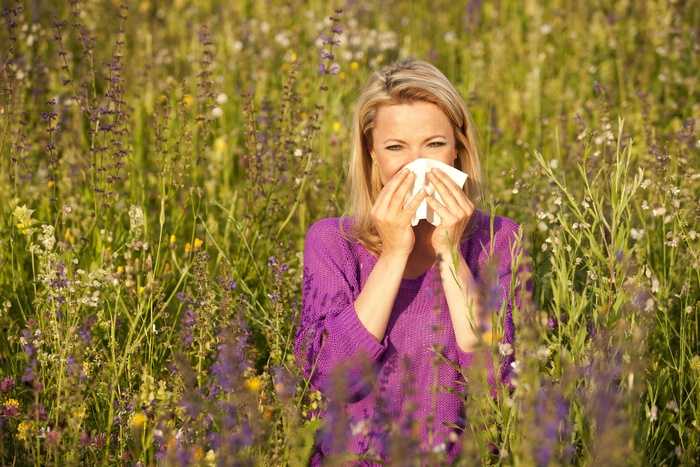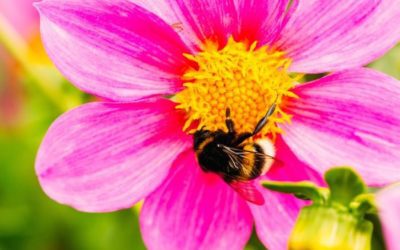ALLERGIC RHINITIS: THE MOST COMMON DISORDER AND THE MOST NEGLECTED
Hay fever is the typical expression of allergy in the nose area. He begins with sneezing fits, tingling in the nose, runny nose, and finally leads one stuffy nose. In addition, patients often complain of watery eyes and difficulty breathing. Humans breathe around 10,000 liters of air per day. This air contains smoke Irritants, allergens, bacteria, and viruses. When the nose can fulfill its functions (cleaning, filtering, warming up, moistening), breathing difficulties are less common. If on the other hand, the nasal mucosa is badly damaged, the lungs quickly suffer from the Consequences (cough, asthma …). In developed countries, the incidence has become more allergic Illnesses tripled in 20 years! Allergic rhinitis is common represents the first stage in the development of asthma; compared to a non-allergic Person, it triples the risk of developing asthma.
A NEW CLASSIFICATION OF ALLERGIC RHINITIS:
- Use both symptoms and quality of life metrics
- Is duration-based, allowing the distinction between “intermittent” illness and “persistent“
- Is based on severity, allowing the distinction between “mild” disease or “moderate – severe“


MEDICAL TREATMENT
Allergic rhinitis is a major chronic respiratory disease because of its prevalence, its impact on quality of life, activity professional and academic, as well as productivity.


BENEFITS OF NASAL THERAPY
Allergic rhinitis is an inflammatory disease of the nasal mucosa. Ideally, treatment for allergic rhinitis should be limited to the mucosa nasal because:
- any treatment taken “by mouth” must have plasma concentrations high to obtain the desired therapeutic effect on the diseased organ (the nasal mucosa in this case)
- on the contrary, with the nasal treatment, we obtain, with concentrations low plasma concentrations, a very high concentration of the active ingredient at the level of the nasal mucosa
- Very low risk of systemic side effects
A MODERN THERAPEUTIC OPTION
It is widely accepted that the severity of symptoms associated with hay fever is proportional to the amount of pollen in the air we breathe. When the rain washes the air of pollen, the symptoms subside dramatically.
By analogy, when performing an active and dynamic washing of the pits nasal glands we reduce the number of allergens and inflammatory mediators and therefore the intensity of the symptoms. In addition, we allow better activity intranasal treatments by eliminating the mucous membrane secretions and scabs (a synergistic effect).
Histamine plays a fundamental role in allergic rhinitis as well as in the early and late phases of the inflammatory reaction. The recent development of an anti-histamine with anti-inflammatory properties and administered intranasally (azelastine hydrochloride), responds to the mechanisms pathophysiology of allergic rhinitis.
Currently, the choice of a modern therapeutic strategy aimed at control symptoms and prevent complications of rhinitis allergic (rhinosinusitis and asthma) is a priority. If we refer to data from the specialized literature which recommends, in particular, the therapeutic modalities having the best risk/benefit ratio, the option including avoidance allergenic at the nasal level by active and dynamic washing and the use of azelastine hydrochloride specially developed for intranasal use would at least be indicated.










0 Comments